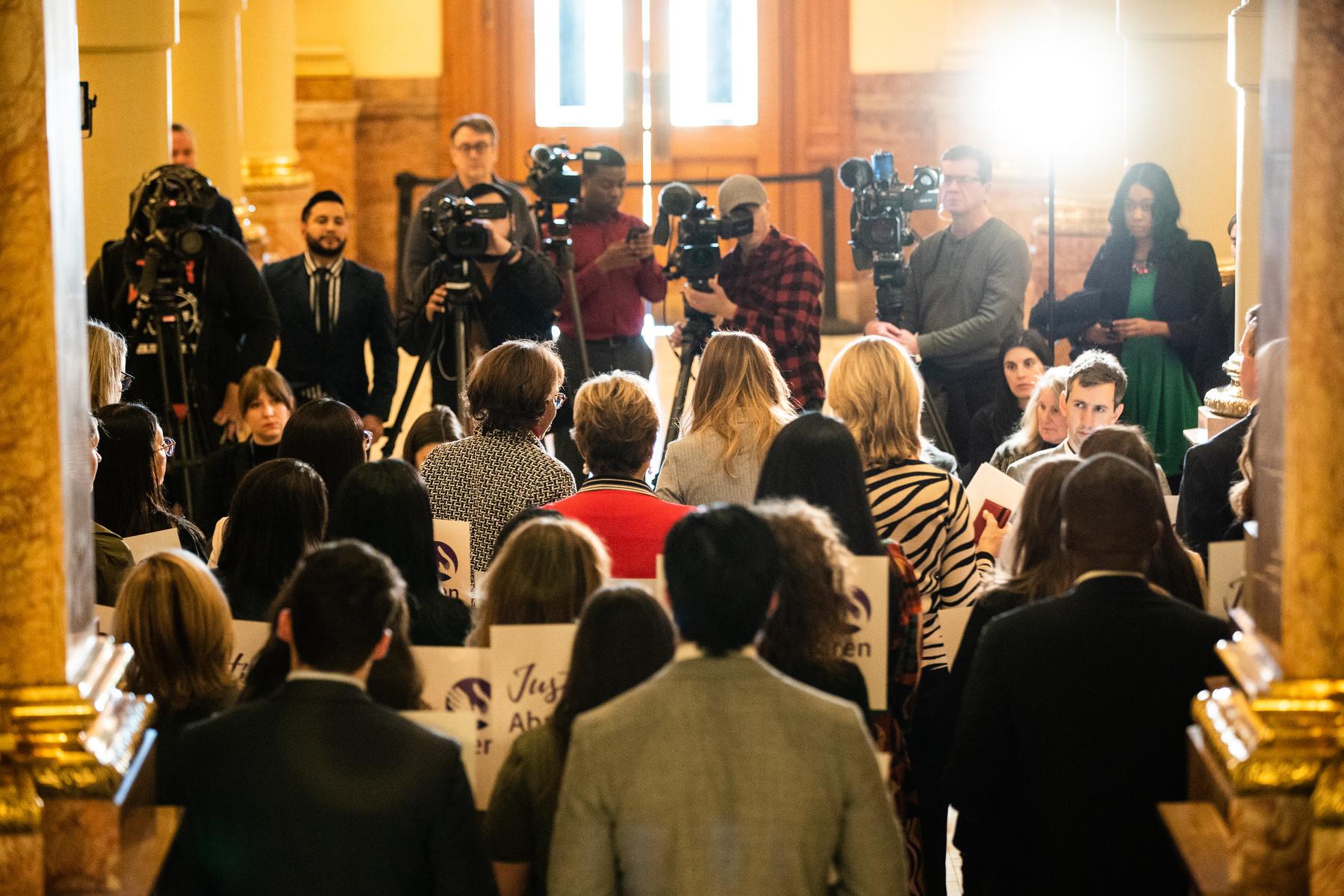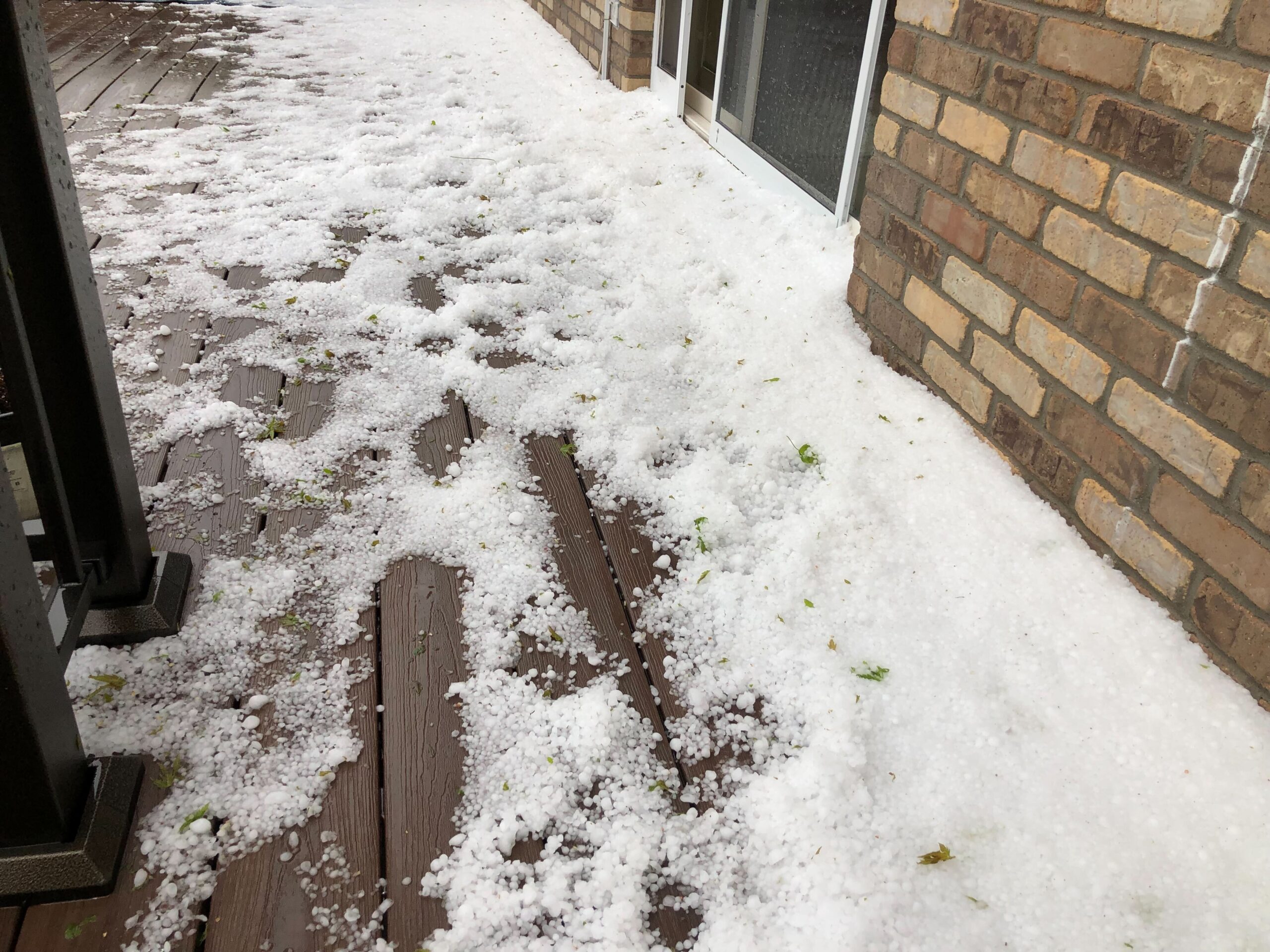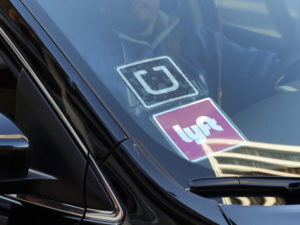Many of the original participants in the Keyes desegregation case gathered in Denver for a symposium on the case's 40th anniversary, including one of the plaintiffs -- Mrs. Lylaus Keyes (center, front row).
This year is the 40th anniversary of a Supreme Court decision that dramatically changed Denver. It mandated the integration of city schools. It also led to violence and spurred white flight to suburbs. On Friday, many of the players in Keyes vs. School District Number 1 came together to remember the landmark case -- and the high drama that played out on Denver’s streets. It was part of a 3-day symposium on the Keyes case hosted by the University of Denver Sturm College of Law.
Here is a transcript of CPR education reporter Jenny Brundin’s report:
Reporter Jenny Brundin: Keyes was the biggest desegregation case outside the South. Though many of the case’s key players have white hair now, their memories of the tension, the bombings surrounding it, were as clear as four decades ago. Racial tension was high in many American cities --and says Judge Carlos Lucero, a law clerk at the time of the pivotal case --
Carlos Lucero: There were rumblings started in the city of Denver.
Reporter: Rumblings that blacks in Denver weren’t getting the same kind of education as whites. Edwin Kahn, a lawyer in the Keyes case recalls a community activist named Fred Thomas complaining about his daughters’ slow progress in their segregated school.
Edwin Kahn: And they were barely reading at end of third grade, and Fred Thomas said this is outrageous. And he was right.
Reporter: Blacks, segregated in low-performing schools, worried about overcrowding and the high dropout rates. Enter Rachel Noel – the first African American elected to Denver’s school board. She introduced a dramatic resolution. Resolution 1520. It aimed to partially integrate schools in northeast Denver. Former DPS board member Ed Benton.
Ed Benton: The resolution was adopted, and then all hell broke loose.
Reporter: Infuriated residents packed school board meetings. Benton remembers the death threats.
Benton: Phone call 3:30 in the morning. This gruff male voice said, “There’s a man in the park behind your house with a gun and he’s going to kill you.” To which I said, I’m sorry, you have the wrong number!
Reporter: Two weeks later voters ousted Benton and other pro-integration candidates in the school board election -- and the new board rescinded Rachel Noel’s resolution. Noel knew she had to keep pushing. Former Keyes lawyer Craig Barnes recalls Noel’s quiet moral courage:
Craig Barnes: You couldn’t be in her presence without being uplifted, by being touched and moved in the spirit. What we saw was this dignity of character. She never said come work with me, come work with me, come fight for civil rights, come fight for school integration. She just said with the softest voice possible, this is not right. This is not right.
Reporter: Barnes and a few other lawyers volunteered to help. They started collecting evidence: evidence of intentional segregation. They discovered that every time minorities moved east, spilling into white schools, DPS officials shifted the boundaries, pulling the students back into minority schools. And they discovered the district was actually busing to keep schools segregated.
Barnes: It was OK to bus black kids from one minority school to another minority school; it wasn’t OK to bus white kids.
Reporter: By 1969, with evidence piled high in the lawyers’ “war room” as they called it, they were ready. A black family, Lylaus and Wilfred Keyes had children in Denver schools. They agreed to be lead plaintiffs in a lawsuit alleging deliberate segregation of minorities and holding them to lower expectations. Seven other parents joined the suit.
Barnes: Then began the drama.
Reporter: The case dominated headlines. When Judge William Doyle ruled there was a pattern of discrimination, the community erupted. Former DPS board member Ed Benton remembers the angry protests.
Benton: And the placards read in bold letters, “Boil Doyle in Oil ! Boil Doyle in Oil!”
Reporter: The case wound up at the Supreme Court. It ruled that Denver schools would be integrated until a full trial could be held in Judge Doyle’s court. Judge Carlos Lucero.
Lucero: Before Judge Doyle had even ruled. Before he had even ruled, his house had been bombed. And school buses had been bombed and burned.
Reporter: 23 in fact. A pipe bomb exploded on the Keyes family’s front porch. Violence continued as the case made its way through the courts. Finally, in 1973, it was back at the Supreme Court, which ordered the integration of Denver’s schools. And the buses rolled. The controversy didn’t end. State lawmakers succeeded in shutting down Denver from annexing white suburbs as it tried to integrate schools. And, said Judge Lucero:
Lucero: Who could have predicted the degree of white flight that took place, shamefully?
Reporter: In 1968, there were 68,000 white families in Denver schools. In 1995, another ruling ended court-ordered busing. And by then, there were just 18,000 white families in the district. And now in Denver’s schools, minorities are mostly congregated in the worst schools. We’ll follow that issue in stories to come.
[Photo:Jaime Aguilar/Denver University Law Review]









